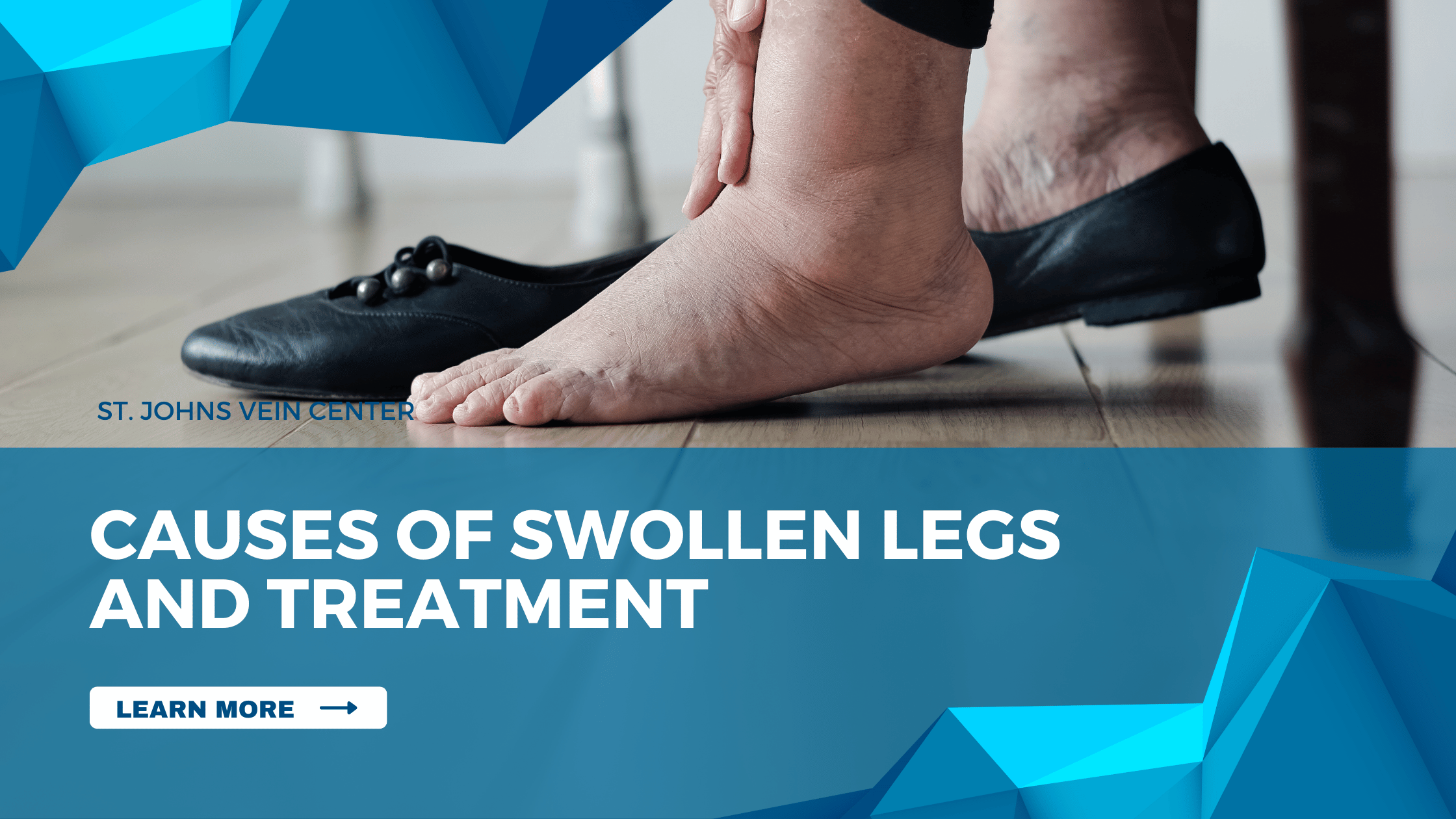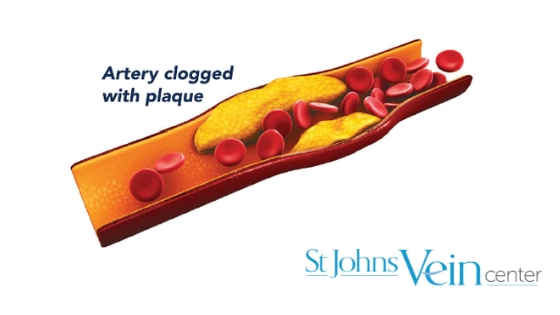Peripheral artery disease (PAD) also known as peripheral vascular disease (PVD) is when hardening of the arteries (or atherosclerosis) causes the buildup of fatty deposits in the blood vessels that carry oxygen and nutrients to all of the tissues of the body. As the plaque builds, blood flow to the limbs is reduced and may cause complete blockages of arteries. In early stages, PAD may cause pain and numbness in the feet and legs, as well as difficulty walking. In its most severe form, PAD can cause non-healing painful foot ulcers and infections which, if left untreated, could require amputation. Patients with PAD are three times more likely to die of a heart attack or stroke than those without PAD.
Facts on peripheral artery disease
- Physical activity is the best way to prevent PAD.
- The most common cause of PAD is the build-up of cholesterol in the arteries.
- Peripheral artery disease is a risk factor for heart attack and stroke.
- Numbness and pain in the legs is a sign of PAD.
- PAD affects 12-20% of Americans over the age of 60.
- Peripheral Artery Disease is more common in patients who smoke, have diabetes, or have high blood pressure.
- Non-healing sores and ulcers on the feet an legs are a sign of PAD.
Treatment consists of self care and blood thinners. Tobacco cessation, exercise, and a healthy diet are often successful treatments. When these changes aren’t enough, medications or surgery can help.
Our board certified vascular specialists have over 20+ years treating medical vein conditions. Schedule your exam today.




